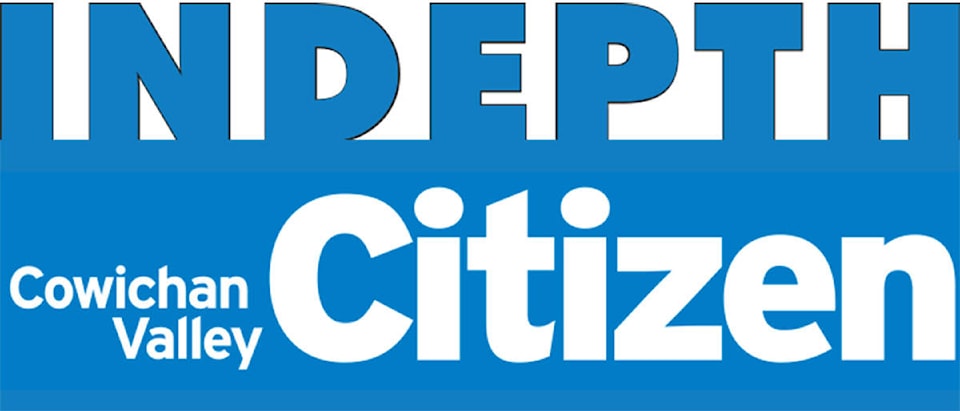Some members of the Citizens Assembly who are in favour of amalgamation had individual ideas of their own to add to the Assembly’s report.
Mona Kaiser said she sees two issues.
“First was the realization that we could not attach an economic value to the potential benefits of amalgamation. Costs can — and have been — clearly calculated, but in order to keep our recommendation free of conjecture, unquantifiable benefits (such as an even playing field for local businesses, economic development through shared vision and branding, or a unified voice at the provincial table) had to remain outside our calculations, potentially skewing the cost/benefit analysis to appear more expensive than it should.
“Secondly, the further we examined the two municipalities, the more I began to question the long-term financial viability of the City of Duncan. Duncan’s limited size has resulted in not only a very narrow tax base, but also one with a disproportionate assessment of business and property tax (no relief through industrial taxes) from its neighbours.
“Aging city infrastructure will require significant investment on the near horizon (sewer life remaining 15 per cent, roads and drainage 22 per cent), as will police costs once Duncan’s population gains another 66 residents.
“The current policing funding formula contributes to a degree of underservicing in this area, and although taxes are being collected to help bridge the inevitable increase in police costs, these funds are currently being used to pay for capital projects. Given the degree to which we all benefit from a strong commercial, cultural, and institutional core associated with the City of Duncan, unaddressed financial issues facing the city would likely have implications for the whole valley.”
Amalgamation proponent Don Reynierse said he still felt Duncan’s pain and the challenges facing the entire Valley.
“I feel I am standing on one side of the fence (amalgamation) and looking over it, seeing a municipality constrained by size (with a limited tax base to raise revenue), while facing major costs both to replace infrastructure nearing its end and increased policing costs. The municipality’s only avenue previously was to allow commercial development in a two-block core, creating a tax base that has, in turn, created horrendous traffic congestion only seen in the likes of major urban metropolises.
“Any further tax increases will add to its current fate — urban decay. This is an evolutionary event for most, and a dire challenge for even small municipalities heroically facing it. Drawing from surrounding resources is mirrored by loss of your own destiny — a fate already or inevitably faced by lack of a tax base that has a viable financial future.”
